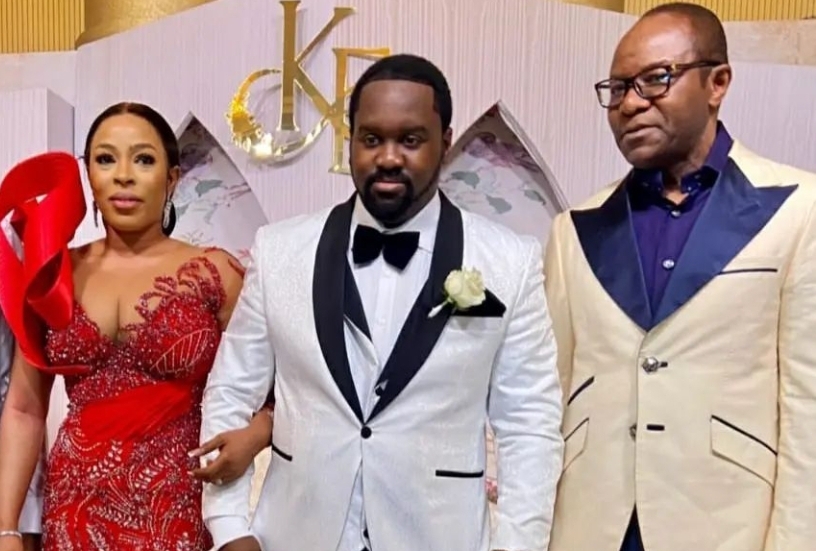Champagne is not just a drink of celebration. Most often, we think of champagne as being fit only for toasts, but it’s much more versatile than that.
Champagne is not just a drink of celebration. Most often, we think of champagne as being fit only for toasts, but it’s much more versatile than that. The sparkling sensation is appropriate for any occasion. But whether you are a serious collector or simply an enthusiast, there are a few things you need to bear in mind to make it a better experience for you.
Store it cool, serve it cooler
As with all fine wine, it’s important to handle your champagne correctly before you open. Champagne should be stored between 50 to 55 degrees in a humid environment. The bottle should be placed on its side to prevent the cork from drying out and ruining the champagne. When it comes to serving champagne, people often serve it much too cold, ruining the bubbles and leaving you with less aroma. Champagne should ideally be served between 44 to 48 degrees., so you can enjoy the abundant scents and flavors.
Don’t pop it
Who doesn’t love the celebratory sound of a champagne cork popping off? But that’s not exactly the safest way to do it. To avoid knocking someone’s eye out, tightly grip the cork and hold the base of the bottle as you twist the cork to remove it slowly. Wait until you hear the sigh of the cork releasing from the bottle.
Never swirl
Swirling your champagne is an easy way to let your friends know you are an inexperienced champagne drinker, so don’t do it. You may want to do it out of habit from swirling wine, but sparkling wine is different. Swirling causes the bubbles to release and you will be left with a flat champagne. Test it on the nose and sip for taste, but no swirling.
Skip the flutes
Drink champagne in a glass that is wide enough to enable the expression of aromas, such as a white wine glass, one with a one with a tulip shape. It expands in the middle of the glass and has a smaller width at the top. It is the glass that produces the most bubbles, fine scents on the nose, and crisp, refreshing flavors. A great champagne cannot offer its fullest expression of aromas and flavors in a narrow glass, like a champagne flute.
Champagne isn’t just for toasts
Bubbly goes really well with lots of different foods. Thanks to its vibrant, multifaceted personality, champagne complements an extremely wide range of cuisine, including the finest local dishes. Also, don’t limit champagne to a special-occasion wine. Instead, drink it during a meal like you might do with any other wine.
Unlikely leftovers
If you have half a bottle of champagne leftover, store it but only for a few days to a week. Nothing more. Simply purchase a bottle stopper for it and keep in the fridge.


